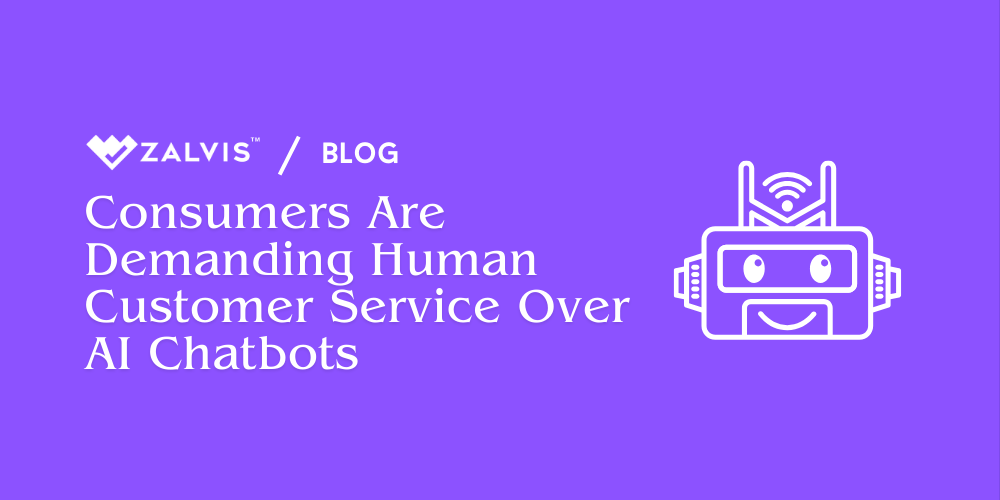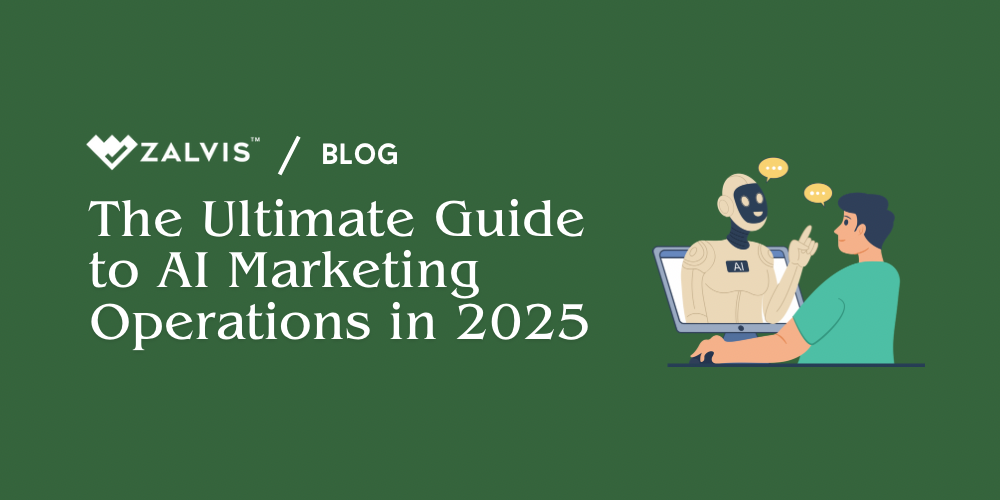Artificial intelligence has rapidly become a cornerstone of modern business operations, perhaps nowhere more visibly than in customer service. Chatbots greet us on websites, AI voices guide us through phone menus, and automated systems handle increasingly complex queries. The promise is clear: greater efficiency, 24/7 availability, and reduced costs for companies.

But while businesses have eagerly embraced this AI revolution, a significant disconnect is emerging. A recent national online survey of 1,011 U.S. consumers reveals a powerful counter-movement: customers are feeling the effects of the AI takeover and, in large numbers, they want human interaction back.
This isn’t just a nostalgic preference; the survey highlights concrete reasons why the human touch remains invaluable in the customer service landscape of 2025.
The Allure (and Reality) of AI in Customer Service
For companies, the shift to AI in customer service is driven by compelling advantages:
- Efficiency & Speed: AI can handle multiple inquiries simultaneously, significantly reducing wait times for simple, repetitive tasks.
- Cost Reduction: Automating interactions can lower labor costs associated with large customer service teams.
- 24/7 Availability: Unlike human agents, AI systems can operate around the clock, providing instant support regardless of time zones.
- Handling High Volume: During peak times, AI can manage a surge in queries without being overwhelmed.
Chatbots answering FAQs, AI-powered voice assistants routing calls, and automated email responses are now commonplace. For basic questions like “What’s my order status?” or “How do I reset my password?”, AI often performs adequately, providing quick, self-service solutions.
The Survey’s Stark Finding: Consumers Want Humans Back
The findings include:
| 93.4% of consumers prefer interacting with a human over AI. |
| 71.0% encountered situations where AI struggled with complex issues. |
| 78.3% say humans resolve customer service problems faster. |
| 84.0% say humans are more accurate. |
| 80.6% believe AI is used primarily to save money, not improve service. |
| 88.8% think companies should always offer the option to speak with a human. |
| 62.7% don’t believe AI could ever replace humans in customer service. |
| 51.4% of respondents say they can tell if they’re talking to a human or AI. |
| 41.4% say human customer service has gotten worse due to AI. |
| 49.6% would cancel a service over AI-driven customer service. |
| 41.5% would pay extra for access to human representatives. |
Despite the operational benefits for businesses, the national online survey of 1,011 U.S. consumers paints a clear picture: the customer experience is suffering, and the preference leans strongly towards human agents, particularly when issues become complex or frustrating.
The core finding underscores a growing dissatisfaction with purely AI-driven support. Consumers reported feeling unheard, misunderstood, and increasingly frustrated when unable to connect with a real person.
Why the Pushback? The Human Advantage Remains
The survey highlights several key areas where AI is currently falling short and where human agents excel in meeting consumer needs:
- Understanding Complex or Nuanced Issues: AI, while advanced, often struggles with queries that are not straightforward or involve multiple layers of complexity. Consumers reported frustration with chatbots getting stuck in loops or failing to grasp the true nature of their problem, requiring repetitive explanations.
- Empathy and Emotional Intelligence: Customer service isn’t always just about providing information; it’s often about problem-solving for a frustrated or upset individual. Human agents can show empathy, de-escalate situations, and build rapport in a way that current AI cannot replicate. Consumers want to feel heard and understood on an emotional level, especially when dealing with stressful issues.
- Problem Solving and Creative Solutions: Human agents can think outside the box, access different systems, and find creative solutions when standard protocols fail. AI typically follows pre-programmed paths. When a customer’s issue doesn’t fit neatly into a defined category, AI often hits a wall, leading to significant customer annoyance.
- Building Trust and Loyalty: Positive interactions with helpful and friendly human agents contribute significantly to brand perception and customer loyalty. Feeling valued by a company often comes from positive personal interactions, something that automated systems struggle to foster.
- Seamless Handoffs (or Lack Thereof): A major point of frustration highlighted by consumers is the difficulty in escalating from an AI system to a human agent. Often, customers have to repeat all the information they’ve already provided to the AI, leading to wasted time and increased irritation.
Finding the Balance: The Future is Hybrid
The survey findings don’t necessarily signal the end of AI in customer service, but rather a critical need for companies to re-evaluate their implementation strategies. The consumer desire for human interaction isn’t about rejecting technology entirely; it’s about wanting human help available when it’s needed most.
The future of effective customer service likely lies in a hybrid model that leverages the strengths of both AI and humans:
- AI for First-Line Support: Use AI to handle high-volume, simple queries, freeing up human agents.
- Seamless Escalation: Implement clear and easy pathways for customers to connect with a human when the AI cannot resolve the issue. This handoff must be smooth, without requiring the customer to start over.
- AI Assisting Human Agents: Provide AI tools to human agents to help them quickly access information, analyze customer sentiment, and provide faster, more effective support.
- Prioritizing Human Channels for Complex Issues: Ensure that phone and live chat options with human agents are readily available for issues requiring nuanced understanding, empathy, or complex problem-solving.
- Investing in Human Training: With AI handling the simple cases, human agents can focus on more challenging and rewarding interactions, requiring advanced problem-solving and interpersonal skills training.
Conclusion
The 2025 national online survey of 1,011 U.S. consumers sends a clear message: while AI offers undeniable operational advantages for businesses, it has not replaced the fundamental human need for connection, understanding, and effective problem-solving in customer service. The “takeover” by AI has led to a backlash, with consumers vocalizing their preference for human interaction, particularly when faced with complex or emotionally charged issues.
For companies looking to thrive in 2025 and beyond, the key is not to eliminate AI, but to implement it thoughtfully. The goal should be to use AI to enhance the customer experience, not detract from it. By finding the right balance between efficient automation and empathetic human support, businesses can build stronger customer relationships and ensure that their service truly meets the needs and desires of their audience.
What has been your experience with AI in customer service? Do you prefer interacting with humans or AI, and why? Share your thoughts in the comments below!




